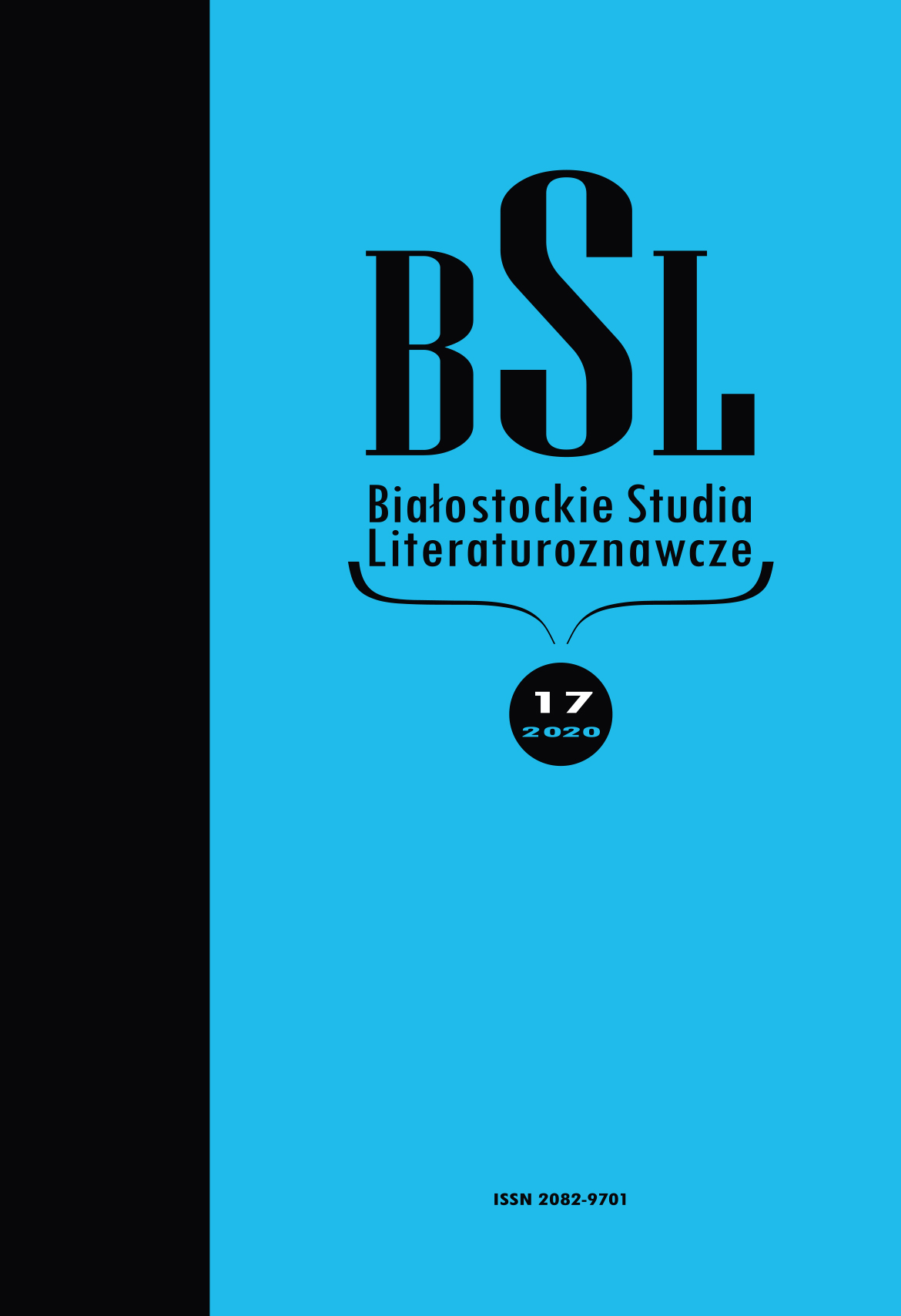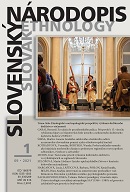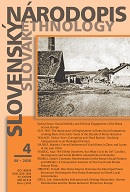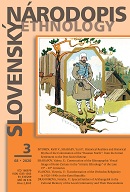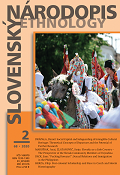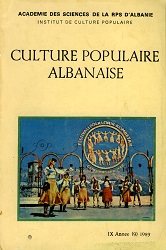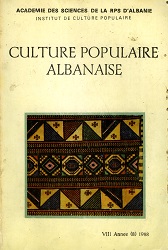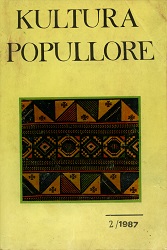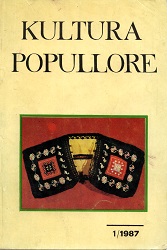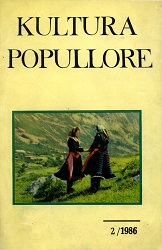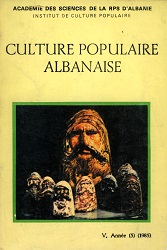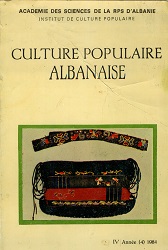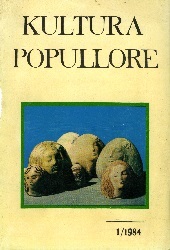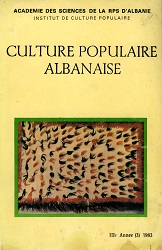Author(s): Ján Botík,Tomáš Truchlík,Ivan Murín,Filip Tesař,Gabriela Kiliánová,Peter Salner / Language(s): Slovak,Czech
Issue: 1/2021
Review of: 1. EVA KUMINKOVÁ (Ed.): Muzea v přírodě. Jedinečná cesta muzejnictví [Open Air Museums. The Unparalleled Path of Museology] Národní muzeum v přírodě, Rožnov pod Radhoštěm 2019, 223 s., Review by: Ján Botík; 2. JÚLIA MARCINOVÁ: Pamäťové inštitúcie ako pomoc pri výskume tradičného odievania (na príklade výskumu tradičného odevu obce Úpor) [Memory Institutions as a Support Tool in the Research on Traditional Clothing (Through the Example of the Research on Traditional Clothing of the Municipality of Úpor] Múzeum a Kultúrne centrum južného Zemplína v Trebišove, Trebišov 2020, 70 s., Review by: Tomáš Truchlík; 3. . JÚLIA MARCINOVÁ, SOŇA JAMEČNÁ: Z tej doliny na tú. Tradičné odievanie v obciach okolia Žiliny v 1. polovici 20. storočia [From One Valley to Another. Traditional Clothing in the Municipalities around Žilina in the First Half of the 20th Century] Krajské kultúrne stredisko v Žiline, Žilina 2020, 181 s., Review by: Tomáš Truchlík; 4. LENKA OVČÁČKOVÁ (Ed.) a kol.: O původu kultury. Biologické, antropologické a historické koncepce kulturní evoluce [On the Origins of Culture. Biological, Anthropological and Historical Concepts of the Cultural Evolution] Academia. Galileo. Svazek 68. Akademie věd České republiky, Praha 2017, 437 s., Review by: Ivan Murin; 5. LENKA J. BUDILOVÁ: Od krevní msty k postsocialismu. Vývoj antropologického zájmu o Balkán [From Blood Revenge to Post-socialism. The Development of Anthropological Engagements with the Balkans] Centrum pro studium demokracie a kultury, Brno 2020, 218 s., Review by: Filip Tesař; 6. GABRIELA DUDEKOVÁ KOVÁČOVÁ: Človek vo vojne. Stratégie prežitia a sociálne dôsledky prvej svetovej vojnyň [Man at War. Survival Strategies and the Social Consequences of World War I] VEDA, vydavateľstvo SAV, Historický ústav SAV, Bratislava 2018, 326 s., Review by: Gabriela Kiliánová; 7. PETER SZALAY (Ed.): Vojnová Bratislava 1939–1945 [Wartime Bratislava 1939–1945] Marenčin PT, Bratislava 2019, 334 s., Review by: Peter Salner; 8. ANTON HERETIK: Humor. Psychológia a psychopatológia komiky [Humour. The Psychology and Psychopathology of Comicality] Ikar, Bratislava 2019 (2. vydanie), 176 s., Review by: Peter Salner; 9. JÁN L. KALINA: Tisíc a jeden vtip po 50 rokoch. Učebnica v-tipológie a ž´artizmu. Prednáša Ján L. Kalina, Dr. Humoris causa. [One Thousand and One Jokes after 50 Years. A Textbook of V-Typology and Zh-artism. Presented by Ján L. Kalina, Dr. Humoris Causa] Slovart, Bratislava 2020, 488 s., Review by: Peter Salner.
More...
